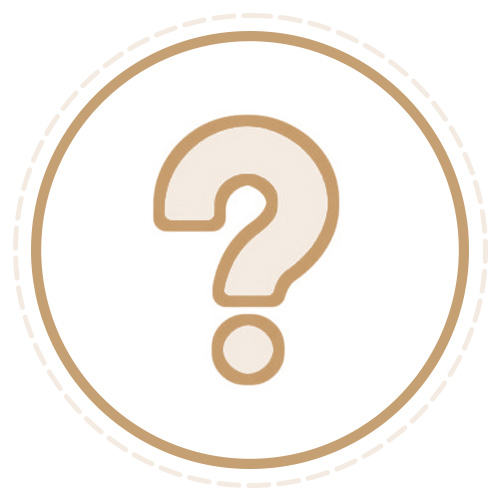The ability to listen to conversations and recognize when asking a powerful emergent learning question (e.g., What will that make possible? If we could turn the clock back, what would we do differently?) will help people explore their thinking more clearly, help them access their shared experience, or consider ideas that might otherwise be ignored.
What does it mean to ask powerful questions?
Emergent Learning aims to invite everyone involved in achieving an outcome to think together proactively about what it will take to achieve that outcome and to be deliberate about testing their best thinking (hypotheses) along the path. Emergent Learning questions help to frame this collective thinking and experimentation.
A learning question is different from a research question or an evaluation question. Broadly speaking, a research question is posed by/to a researcher. The activity asked for is to survey and analyze what exists outside of our own boundaries, typically to help inform our own or the field’s future actions. Broadly speaking, an evaluation question is posed by/to an evaluator. The activity asked for is to collect data on the results of a team’s or organization’s activity to assess performance against expected outcomes and, often, to provide feedback along the path. A learning question, on the other hand, is posed by/to ourselves. The activity asked for is forward-focused — to think about what we are trying to accomplish, what we know so far, and what it will take to achieve the outcomes we have set for ourselves.

What makes a learning question powerful?
Powerful learning questions inspire the most creative thinking possible, from everyone involved. Tanya Beer (EL 2013) proposed the following useful guidelines for asking powerful questions:
- Meets people where there is the most energy and relevance for their work
- Forward-facing, focused on possibilities for action — what the learners can do to get the results they want
- Travels well, easily including and appealing to everyone who is needing to learn
- Is genuine — we really don’t know the answer already
- If answered, would make a real difference in the work (because you can tie it to strategic choices)
— Tanya Beer, Center for Evaluation Innovation. 2019. Asking Powerful Questions (Video Webinar). Retrieved from https://www.evaluationinnovation.org/presentation/asking-powerful-questions/
To be powerful, a learning conversation needs to maintain line of sight; to point to the larger outcome. Asking a question in the “What will it take….?” (WWIT) format helps to ensure that it is forward-focused and action-oriented. “Which economic opportunity collaboration model is best?” turns into “What will it take to collaborate with our partners to find innovative ways to increase economic opportunity in low-income communities in our state?”
Emergent learning itself came to be from asking one simple learning question over and over: “What will it take for us to learn together around complex problems as well as each of us is able to do individually?”
What does it look like to “Ask Powerful Questions” in practice?
The presence or absence of ‘Asking Powerful Questions’ in an initiative or project can manifest itself in a number of ways. Here is what we have observed:
- If it’s present: Asking questions becomes culturally accepted, recognizing that the goal is not to challenge, but to understand. Groups nurture shared understanding of problems, solutions, and strategies. Everyone, regardless of positional authority, actively contributes by asking questions. Great ideas come from the least expected people. There is greater energy and engagement and more reflection. People discover together what questions matter the most now.
- If it’s missing: When the culture does not support curiosity, asking questions reinforces power dynamics or shuts down imagination. People advocate for their positions or solutions (sometimes disguised as questions) rather than engaging in deeper inquiry first. People ask questions that call for information or research, rather than exploring their own thinking-in-action. Not asking a question may mean that a powerful opportunity to learn gets missed.
How EL questions support Emergent Learning practice
There are several powerful questions that lie at the core of other Emergent Learning Practices — BARs and AARs, EL Tables, Learning Agendas. On their own, when asked at an opportune moment in a conversation, they can help groups strengthen their line of sight, make their thinking visible, or reflect on and learn from their results.
- What is our desired outcome? When the desired outcome — including the purpose of an initiative and the conditions that define success — is articulated, the path forward is clearer and group members can more easily reach their destination together. Meetings are more efficient and satisfying; difficult conversations are less so; teams are aligned on what success looks like.
- What would success look like? Creates a shared, tangible metric of success. Helps keep members of the team on a shared path towards success and better able to prioritize along the way.
- What will it take to…? Helps us think together about how we can tackle a specific challenge or achieve a desired outcome. Invites people to bring their different experiences and perspectives to learning as a community. Keeps conversation forward focused and action oriented.
- What do we know so far? Helps ground planning by drawing on lessons from the past; invites everyone to offer their experiences, in order to help make decisions that are informed by the whole group’s experience of what works and what doesn’t.
- If we could turn the clock back, what would we do the same or differently? Helps identify important things to sustain; and solutions to what did not work that are more grounded, specific and fit for purpose (i.e., not overly generalized) and more likely to achieve better results in the future.
